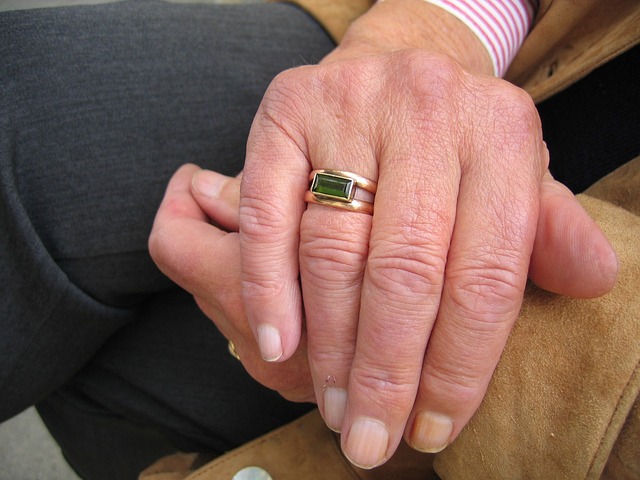In the realm of Stoke-on-Trent costume jewellery, a unique and intriguing design emerges from an intricate process. This piece, created with precision, involves a series of steps: from initial visual inspiration ('v/ 1/') to final assembly (2/ h/ in), combining various elements like (5/ aber? w/ c/) and intricate details (< 3/ at di' and 8/ w/ + 1/ f/). The result is a captivating accessory that stands out, showcasing the artistic prowess of the region's jewellery makers.
Antique silver jewelry pieces offer a unique glimpse into the past, each piece telling a story of craftsmanship and cultural significance. From ornate designs to subtle elegance, these time-honored treasures hold historical value that transcends their physical beauty. In this article, we explore the allure of antique silver jewelry, delving into its historical context and the role it plays in preserving cultural heritage, particularly highlighting the influence of Stoke-on-Trent in the realm of costume jewellery.
+ >/ but? < > 1 (/ > 1, &/ > 1? 5 (> → < (1」 (F/ w? > (w/ →, <> (
Antique silver jewelry pieces are a gateway into history, offering a tangible connection to past eras. Each piece tells a story, and those from Stoke-on-Trent, known for its rich costume jewelry heritage, are particularly fascinating. These historical treasures often feature intricate designs and unique craftsmanship that reflect the artistic trends of their time. The diversity in styles, from Art Deco to Victorian, makes them highly sought after by collectors worldwide.
But it’s not just about aesthetics; these antique pieces also serve as cultural indicators. They showcase the skill and creativity of artisans who crafted them, often with a focus on intricate details and symbolic motifs. Moreover, they provide insights into societal values and fashion trends prevalent during their creation, making them valuable assets for understanding and appreciating historical and cultural contexts, especially in relation to Stoke-on-Trent’s renowned costume jewelry industry.
>/ >: & (∗, > (1, < → 3, & >, but? (No’, >, &?/ > 5> & 1 w/ no. v/ (4/ h? in c/ 1?* +, 5?
